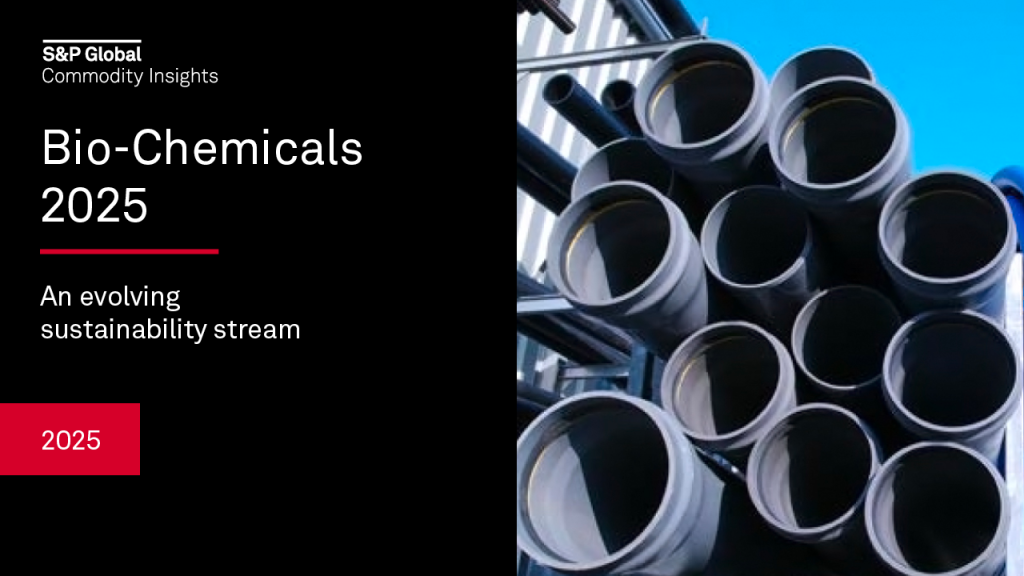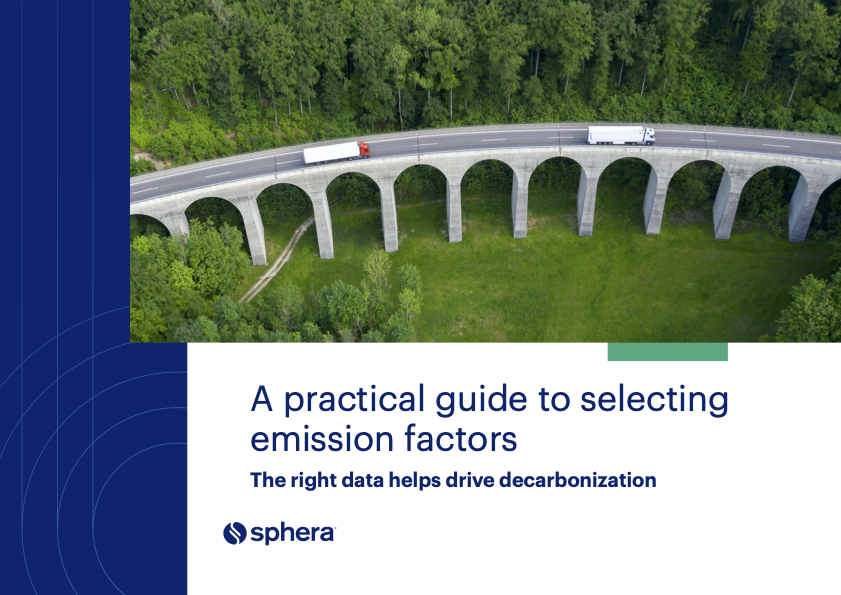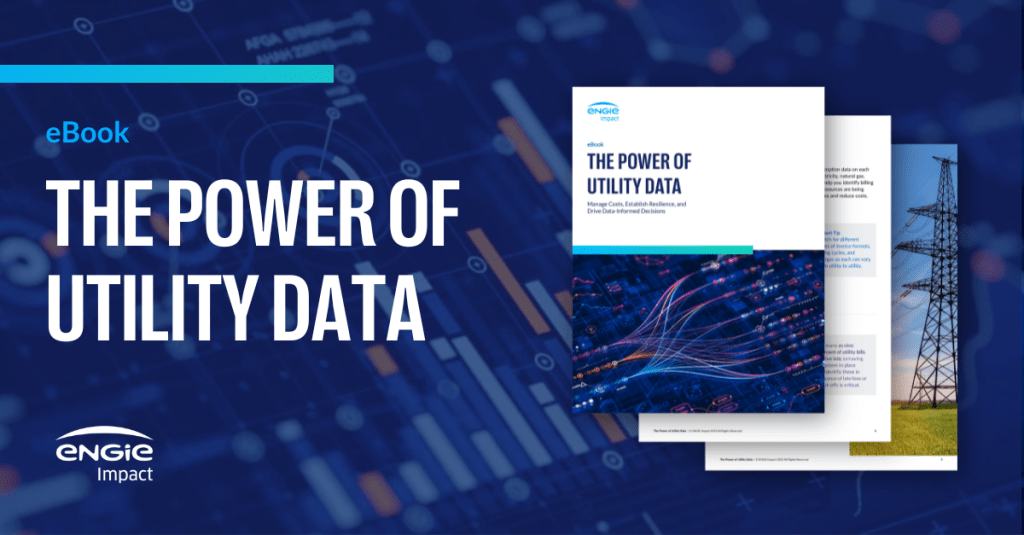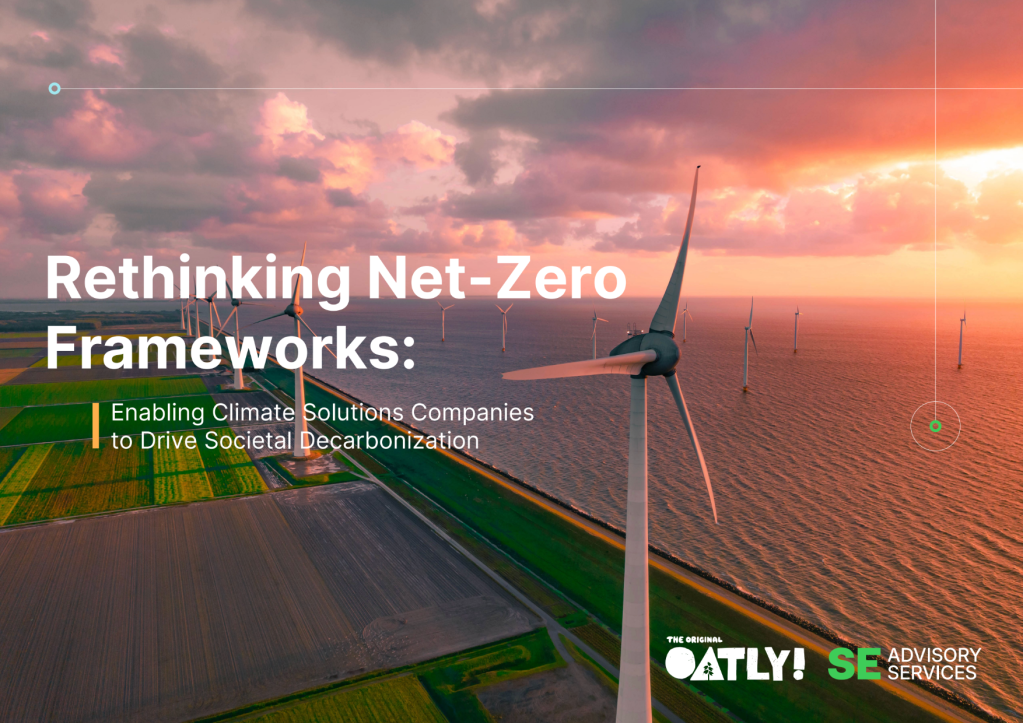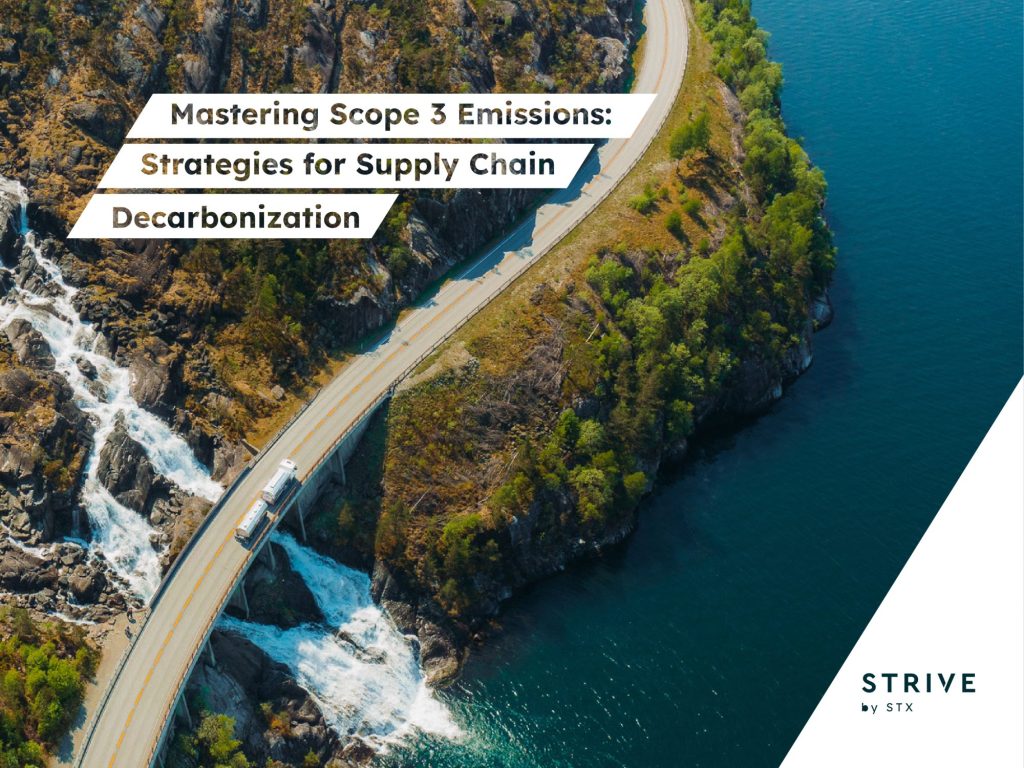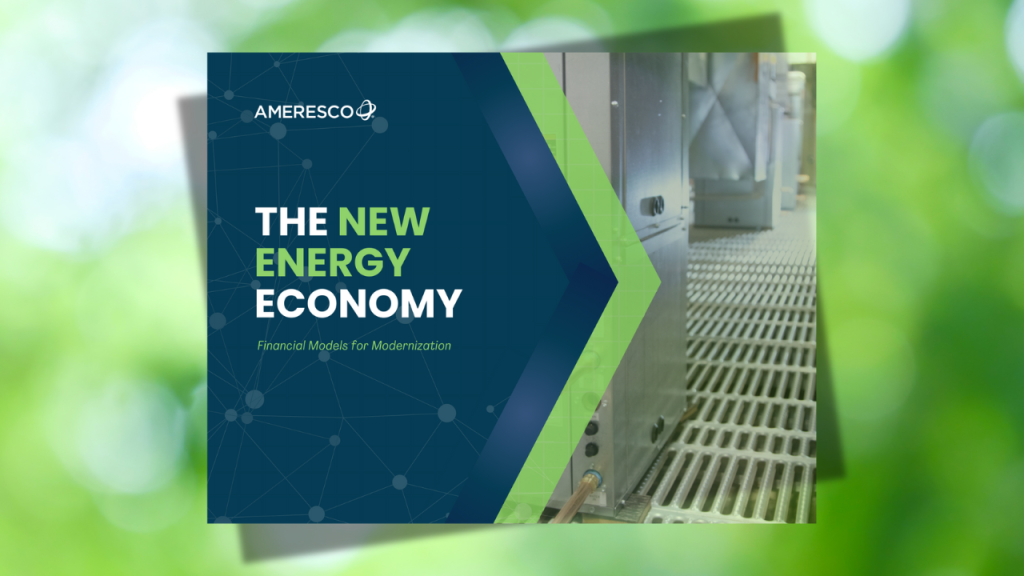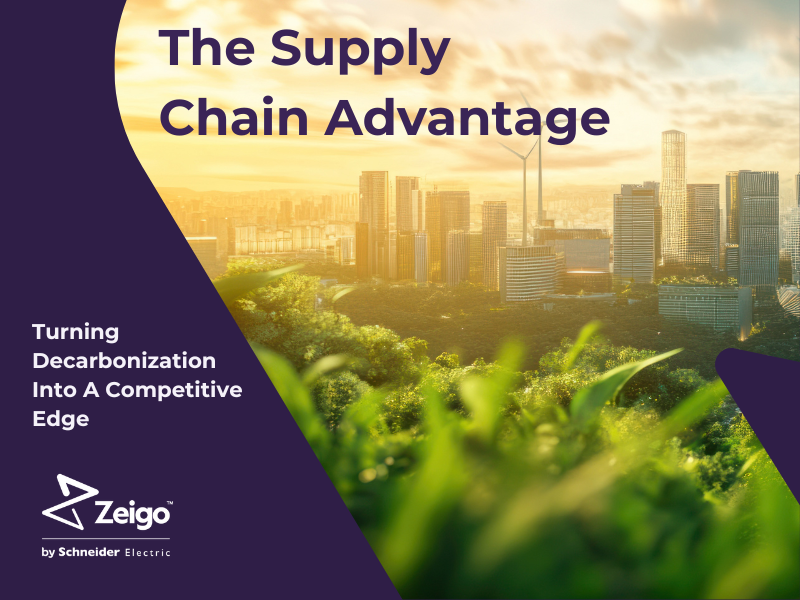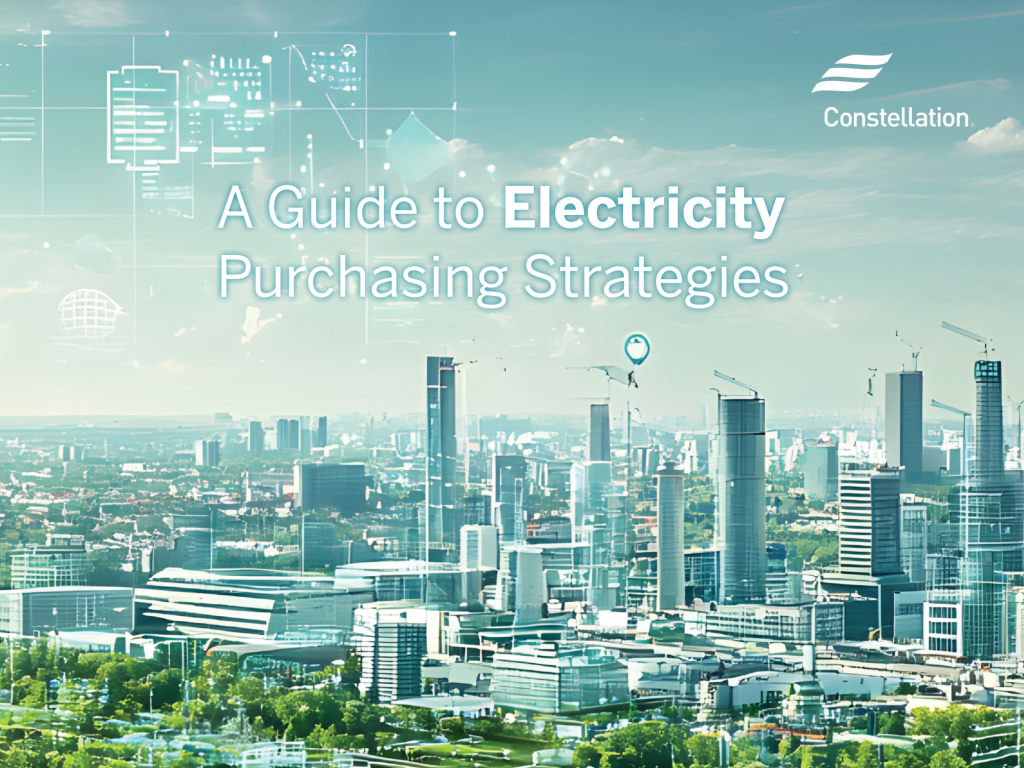Coming soon: A standard to help measure and verify how circular your company really is
The circular economy is getting the science-based targets treatment. Here's the business case for that protocol. Read More

The circular economy is not just a purported $4.5 trillion business opportunity. It can also dramatically speed up climate action, reduce waste and benefit nature. Yet businesses can’t realize this potential without a common standard to define and measure circularity.
That’s the logic of scores of businesses from Amazon to Volkswagen, “big green” groups and governments backing the creation of the Global Circularity Protocol for Business (GCP). The concept of the circular economy, which reshapes the “cradle to grave” waste of industry in favor of recirculating or even regenerating resources, is maturing and suiting up.
“If you’ve been working on circularity, you’ll know that banks and others often say, ‘How do I know you’re circular? I don’t even understand what an asset class is for circularity,’” said Dominic Waughray, executive vice president at the World Business Council for Sustainable Development (WBCSD).
However, WBCSD and the One Planet Network, hosted by the United Nations Environment Programme, are building a science-aligned framework to help businesses understand, and share with stakeholders, how “circular” they are. The voluntary new protocol is set to launch in 2026.
“You know what metrics you use, how you present them to others, how you can judge progress, how you would disclose it, the policy framework and science-based targets,” Waughray said of the protocol’s appeal to business.
“The frustrating thing about anything exponential is it’s extremely slow in the beginning, so it’s very frustrating, but I think we have reached a tipping point,” said Robert Metzke, global head of sustainability at Royal Philips, which backs the protocol. The health-tech company partnered with the Ellen MacArthur Foundation’s launch in 2013 to drive the early concept of the circular economy.
In 2023, “circular” products, including refurbished ones, accounted for 20 percent of Royal Philips’ revenues, doubling in five years.
“It’s rapidly accelerating,” Metzke added, at a COP 29 discussion with Waughray on Nov. 13. “But if we want to grow beyond that, you really need standards. You need to be able to communicate, also with customers, with regulators, with investors … in an objective, quantifiable manner, what’s going on.”
The business case for a protocol
The protocol would “harmonize” the often scattershot and vague yet audacious formula of the circular economy, he said in a presentation recorded at COP 29 in Baku, Azerbaijan. “Sometimes it feels like it’s a big hammer looking for a for a nail to hit, because we talk about economic transformation, or reimagining how we organize the world economy, which is grand but perhaps slightly impractical sometimes, particularly if you want to make change happen quickly.”
The good news, however, is that applying circularity to business models helps companies tackle the climate challenge faster, according to Waughray. A September impact analysis of the protocol projected that:
- Extraction and processing materials for economic activities emits 55 percent of the planet’s greenhouse gases.
- The circularity protocol would reduce carbon emissions by up to 7 percent each year from 2026 to 2050. That’s equivalent to as much as 1.5 times the world’s current annual emissions.
- The protocol would also prevent the waste of 120 billion tons of materials.
- That all adds up over the next quarter century to a reduction of up to 76 gigatons of CO2 equivalent.
Who is involved in the protocol
At least 35 corporations are backing the Global Circularity Protocol (GCP), including Apple, BASF, Chevron, Shell and VF Corporation. Also onboard are Japan’s Ministry of the Environment and Ghana, which bears an oversize share of the world’s electronics and textile waste. Waste sorting giant TOMRA, of Norway, is among the protocol’s “business champions” making extra efforts to develop the protocol. IKEA and Philips are contributing to the standard’s development as well.
Syensqo’s Sustainability Business Partner Adrianne Pedrosa was among the circularity protocol’s backers who spoke during Climate Week in New York City in late September. The Brussels-based materials science company, pronounced “Science Co.,” spun off from Solvay in December 2023.
“Circularity is a catalyst for sustainable business growth,” Pedrosa told Trellis. “Syensqo is part of the transition to more circular business models by focusing on resource efficiency, durability, and enabling recyclability of our offerings to the market.”
The circularity protocol sounds a call to action for businesses, clients, suppliers, investors and regulators, consumers to embed circular principles in their decision making, she added.
The world’s “circularity gap” has flattened at 7.2 percent for the past two years, according to the Dutch consultancy Circle Economy. However:
- If the world’s businesses advance circular economies, they can “unlock” $4.5 trillion in growth by 2023, according to the “Waste to Wealth” publication in 2015 by Accenture, based in Dublin.
- That’s a growth of 6 million jobs,
- Protecting 12 million acres of arable land, and
- Reducing 39 percent of CO2 emissions, according to the 2021 Circularity Gap Report by Circle Economy of Amsterdam.
Panasonic’s internal management firm is also exploring the circular economy’s benefits to climate, nature and society.
“We are working towards a circular economy with the goal of maximizing the value of natural resources and reducing the environmental impact through our products and services,” said Hirotoshi Uehara, executive officer of quality and environment at Panasonic Operational Excellence, of Osaka, Japan. “However, this cannot be done by one company alone.”
In the footsteps of the Greenhouse Gas Protocol
If this sounds familiar, that’s on purpose. The Global Circularity Protocol (GCP) echoes a blockbuster framework in the sustainability business.
Back in 1998, the World Resources Institute (WRI) and WBCSD teamed up with the notion to standardize emissions management and reporting. The result was the Greenhouse Gas (GHG) Protocol, published in 2021. It introduced the concept of breaking down emissions into Scopes 1, 2 and 3.
Twenty-three years later, nine out of 10 of the Fortune Global 500 companies follow the GHG Protocol for their climate disclosures. Leaders of the world’s nations used it to craft the Paris Agreement target for limiting global emissions.
“The GCP builds on lessons from the development of the GHG Protocol by WBCSD and WRI, particularly the importance of providing standardized metrics and transparency to enable business accountability, as well as a robust governance structure,” said Filipe Camaño Garcia, manager, Global Circularity Protocol at WBCSD.
How they’re building it
The Global Circularity Protocol emerged out of the Stockholm+50 meeting in June 2022, which marked half a century since the United Nations’ first big meeting about the environment.
Now the protocol’s development is moving through impact analysis, a corporate performance and accountability system, a policy framework and “science-informed targets,” according to WBCSD. An independent scientific advisory committee seeks to make the GCP apply across different industries and regions.
Stakeholders will meet at the World Circular Economy Forum in São Paulo in May. They plan to release an early version of the protocol by November at COP30 in Belém, Brazil.
“This journey includes refining performance measurement and management methodologies, building on the Circular Transition Indicators, piloting best practices, and finalizing policy guidance, all geared towards maximizing adoption and making the GCP a powerful, practical instrument for business transformation,” Camaño Garcia said.
The WBCSD invites additional organizations to join the 80 already participating.
One more acronym?
Sustainability professionals, already awash in onerous reporting and compliance work, are potentially facing yet another protocol to feed into their annual reports.
However, Garcia insisted the GCP won’t further clutter the sustainability alphabet soup. That’s because the protocol will interoperate with existing standards from the European Union and the International Standards Organization (ISO), according to the nonprofit.
These include the ESRS-5 set of standards, developed by the European Financial Reporting Advisory Group. The resource use and circular economy standards came into effect under Europe’s Corporate Sustainability Reporting Directive (CSRD) in January.
And on May 22, the Geneva-based ISO issued its ISO-59000 series of circular economy standards. This “game-changer” introduced “universal frameworks for defining, measuring, reporting and enacting circular economy principles in business,” serial entrepreneur and designer Leyla Acaroglu wrote on LinkedIn.
[Gain insights to move beyond incremental action and accelerate the shift to a circular economy at Circularity, April 29-May 1, Denver, CO.]

